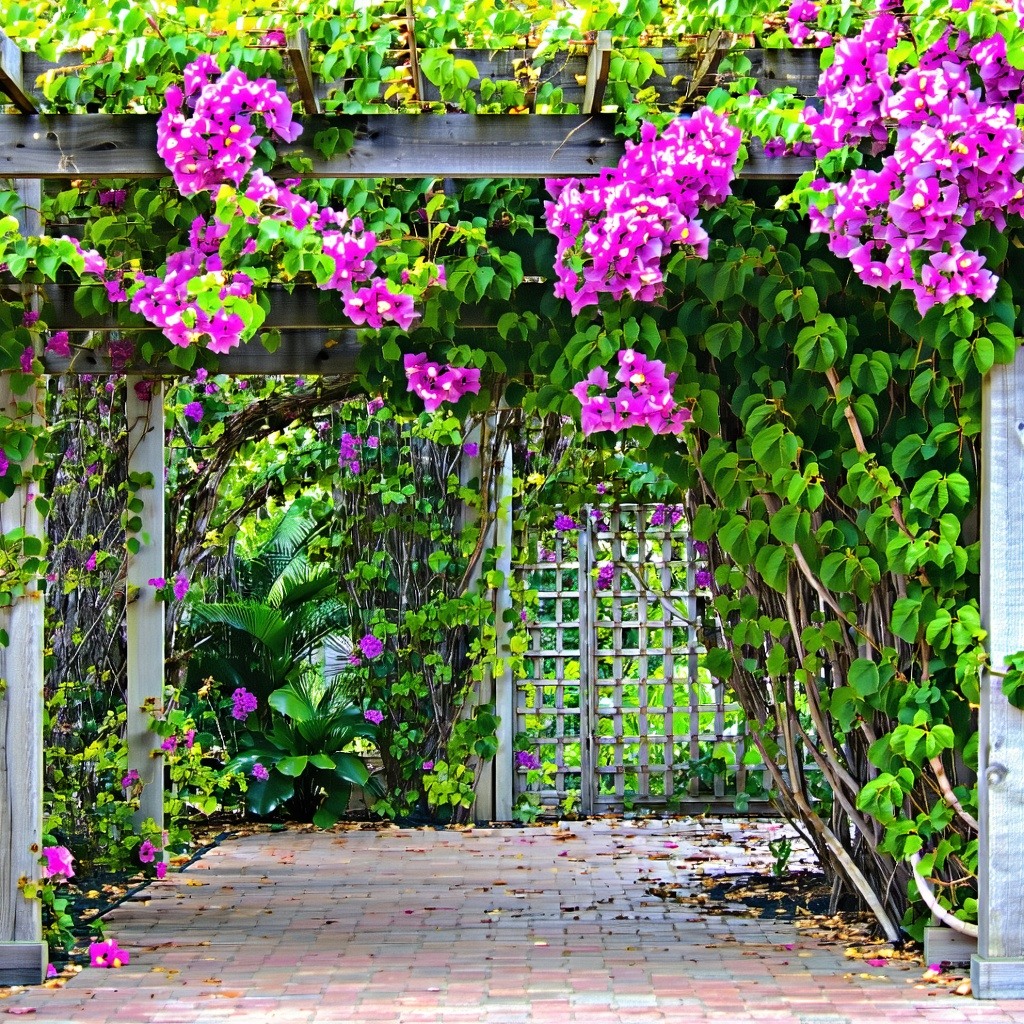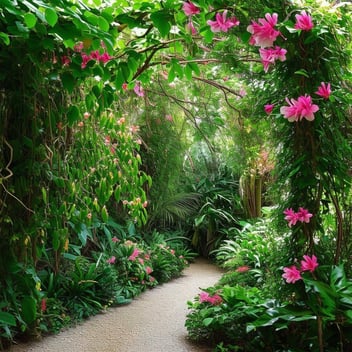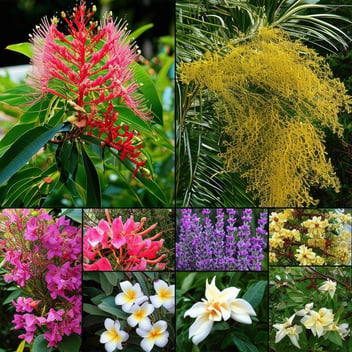Vines That Thrive in Queensland’s Heat and Humidity
Introduction
In the lush landscapes of Queensland, vines offer a dynamic element to gardens, weaving through trellises and cascading over pergolas. Their ability to adapt and flourish adds both aesthetic charm and functional benefits. However, the region's distinctive heat and humidity necessitate careful selection to ensure these climbers not only survive but thrive.
Understanding Queensland's Climate
Queensland's climate is marked by intense heat and pervasive humidity, creating a challenging environment for many plants. These conditions can stress flora, making it imperative to choose species inherently equipped to handle such extremes. Vines that are both heat-tolerant and humidity-resilient will stand the test of time and weather.
Criteria for Selecting Suitable Vines
When introducing vines into a Queensland garden, consider the following attributes:
-
Heat Tolerance: Plants must endure prolonged periods of high temperatures without wilting or scorching.
-
Humidity Resilience: The ability to resist fungal diseases and thrive in moist air is crucial.
-
Growth Habits and Maintenance Needs: Understanding a vine's growth pattern aids in providing appropriate support and managing upkeep.
Top Vines for Queensland’s Climate
-
Bougainvillea (Bougainvillea spp.): Celebrated for its vibrant bracts in hues of magenta, orange, and white, Bougainvillea is a robust climber that flourishes in full sun. Its drought resistance and minimal maintenance make it a standout choice for adding a splash of color to garden structures.
-
Passionfruit Vine (Passiflora edulis): Beyond its delectable fruits, this vine offers intricate flowers and lush foliage. It thrives in sunny spots with well-draining soil and benefits from a sturdy support system to accommodate its vigorous growth.
-
Hardenbergia (Hardenbergia violacea): Known as the Purple Coral Pea, this Australian native displays clusters of purple blooms in late winter to early spring. Its hardiness and adaptability make it suitable for various garden settings.
-
Mandevilla (Mandevilla spp.): Exuding tropical charm, Mandevilla vines produce trumpet-shaped flowers in shades of pink, red, and white. They prefer warm, humid conditions and can be grown in containers or along trellises.
-
Pandorea (Pandorea jasminoides): Also known as the Bower of Beauty, this fast-growing climber showcases trumpet-shaped flowers, typically pink with a darker throat. It's ideal for covering fences or pergolas, adding both privacy and aesthetic appeal.
-
Winged Bean (Psophocarpus tetragonolobus): This edible vine thrives in heat and humidity, producing beans, leaves, and flowers that are all consumable. It's a perennial that can be a valuable addition to an edible garden.
Planting and Care Tips
To ensure the successful establishment and growth of vines in Queensland's challenging climate, consider the following guidelines:
-
Optimal Planting Times: Plant vines during the cooler months, such as autumn or early spring, to allow them to establish roots before the onset of extreme heat.
-
Soil Preparation and Drainage: Vines generally prefer well-draining soil enriched with organic matter. Incorporate compost into the planting area to enhance soil fertility and structure.
-
Watering and Fertilization Practices: While many vines are drought-tolerant once established, regular watering during the initial growth phase is crucial. Apply a balanced fertilizer during the growing season to promote vigorous growth and abundant flowering.
-
Pruning and Support Structures: Install sturdy trellises, pergolas, or fences to support climbing vines. Regular pruning helps maintain the desired shape, encourages flowering, and prevents the vine from becoming invasive.
Design Ideas for Incorporating Vines
Vines can be utilized creatively in garden design to enhance both aesthetics and functionality:
-
Creating Natural Shade with Pergolas: Train vines over pergolas or arbors to provide cooling shade during hot months, creating comfortable outdoor living spaces.
-
Enhancing Privacy with Living Screens: Use dense-growing vines along fences or trellises to form natural privacy screens, shielding your garden from neighbors or unsightly views.
-
Adding Vertical Interest to Garden Spaces: Incorporate vines on walls, trellises, or obelisks to draw the eye upward, adding dimension and interest to the garden landscape.
Potential Challenges and Solutions
While vines offer numerous benefits, they may present certain challenges:
-
Pest and Disease Management: Regularly inspect vines for signs of pests such as aphids or diseases like powdery mildew. Early detection and treatment with appropriate organic or chemical controls can prevent widespread issues.
-
Controlling Invasive Growth: Some vines can become overly aggressive, potentially damaging structures or outcompeting other plants. Implement regular pruning and monitor growth to keep such vines in check.
-
Ensuring Structural Support: As vines mature, their weight increases. Ensure that support structures are robust and capable of bearing the load to prevent damage or collapse.
Conclusion
Integrating vines into Queensland gardens offers a harmonious blend of beauty and practicality. By selecting species well-suited to the local climate, providing appropriate care, and creatively incorporating them into the garden design, these climbing plants can transform outdoor spaces into lush, vibrant sanctuaries.




